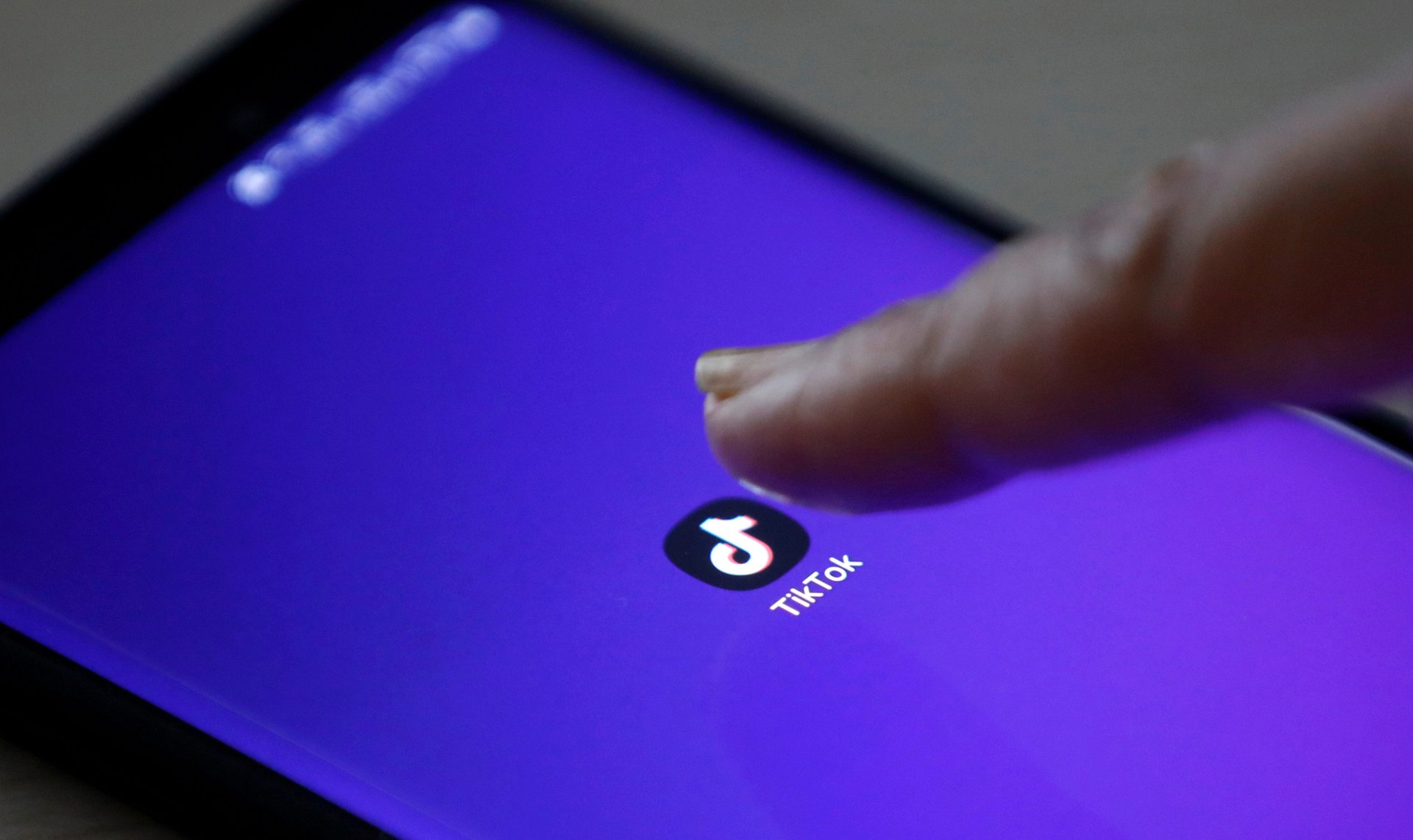It took a ban and a government notice for ByteDance to wake up in India
ByteDance has finally woken up to India’s security concerns after the country’s law enforcement began to bite.


ByteDance has finally woken up to India’s security concerns after the country’s law enforcement began to bite.
Yesterday (July 21), the Chinese internet technology firm said it is in the process of setting up a data centre in India for its video-sharing apps, TikTok and Helo. Their Indian users’ data is right now stored on servers in Singapore and the US.
“We now believe the time has come to take the next big leap,” ByteDance said in a blog post. “In line with this effort, we are looking forward to having a more active dialogue with relevant stakeholders, and setting new benchmarks along the way.”
The announcement comes just days after the cyber laws and e-security arm of India’s ministry of electronics and information technology sent a notice to Helo and TikTok raising concerns about anti-Indian and unlawful activities occurring on both the platforms.
TikTok did not respond to a detailed questionnaire from Quartz.
ByteDance has been trying hard to get into the good books of the Indian government and regulators since the start of the year, when TikTok was marred in controversies.
Going all out
In early 2019, TikTok’s user base in India was estimated at over 50 million and it was among the top apps based on daily downloads. Yet, the app continued to fly under the radar in India and did not do much to ensure its users’ safety.
Matters took a turn for the worse in April this year, when TikTok faced a nearly two-week ban in the country, over concerns that it promoted pornography. Since then, the company has gone all out to announce a slew of new safety features, improve engagement with users, and increase communication with the media.
In April, ahead of the Indian general elections, TikTok began displaying a public-service announcement to its users when they searched for politically relevant hashtags.
In May, the app launched two new safety features: new notification controls, and a device management tool to prevent hacks. It had also launched an in-app quiz for users on security practices, aiming to teach them about topics like password safety, phishing attempts, and scam websites.
In recent months, TikTok also launched a monthly newsletter in India communicating the latest developments and updates about the app.
“Damage recovery and reputation management are certainly the objectives that TikTok may have considered,” Ami Shah, co-founder of a Mumbai-based social media marketing firm, IntelliAssist, told Quartz. “With the growing popularity among Indian users, investing in public relations could prove a strong vehicle to further attract various audience groups… These measures are timely and they will help the TikTok sail through the recent controversies. However, their proactiveness and innovation will determine future growth.”
To be fair, ByteDance is not the first foreign company that stayed under the radar in India during its initial years until a regulatory or legal challenge awakened it to the need to invest time and energy in the country.
American taxi aggregator Uber, for instance, entered India in August 2013. But it took over a year and an alleged rape case for the company to feel the need to set up a full-fledged team and invest in meeting the laws of the land.
“Global versus local is a big balancing act for these firms and it is not always easy to meet both,” says Yashwant Kumar, CEO and co-founder of GenY Medium, a Hyderabad-based digital marketing firm. “To be more efficient and for quality control, they launch their platforms across geographies with same features. But some of the content could be seen as offensive as per regional sensitivities.”
Kumar, however, argues that transparency around laws can help foreign firms. ”It might serve them better to engage with the regulators at an early stage and get a comprehensive understanding of the local laws and regulations. Regulators also need to be more transparent and be accessible to get involved with the platforms and help them build suitable checks and balances,” he said.
More challenges
ByteDance’s focus, finally, on Indian legal requirements may be welcome, though the Chinese company still has many bridges to cross.
The proposed data centre that ByteDance plans to set up, for instance, won’t be an easy task. Infrastructure obstacles, security concerns, India’s precarious power situation, and rigid telecom policies make it hard for companies to set up and run data centres in India.
In addition, censoring the millions of videos that are uploaded on TikTok from India to meet the government’s requirements is challenging.
Take for an instance, the case of viral objectionable videos. In the past, local internet service providers (ISPs) have tried to block content to meet government regulations, but no matter how hard they tried, more copies of the same keep appear online, generating curiosity among the social media users and making it virtually impossible for anyone to control the situation.
There are other technical reasons that make censorship, a gruelling task.
Earlier, when the web browser was the lone medium to access the internet, an ISP could easily identify and block the uniform resource locator (URL) of that page and the content would be unreachable.
Now, in the era of smartphone apps, these URL-based filtering methods are no longer effective.
Modern apps mostly use application programming interfaces (APIs)—a software intermediary that allows two applications to exchange information in order to serve content. Selective blocking of API requests is difficult.
Besides, the company is expected to get tough competition from Facebook. Eyeing the video-based content sharing market, the US firm has roped in former Google employee Jason Toff, fuelling speculation that the social networking giant is preparing the launch of a serious competitor to TikTok.
Given Facebook’s massive user base of over 270 million in India, this could mean bad news for ByteDance.